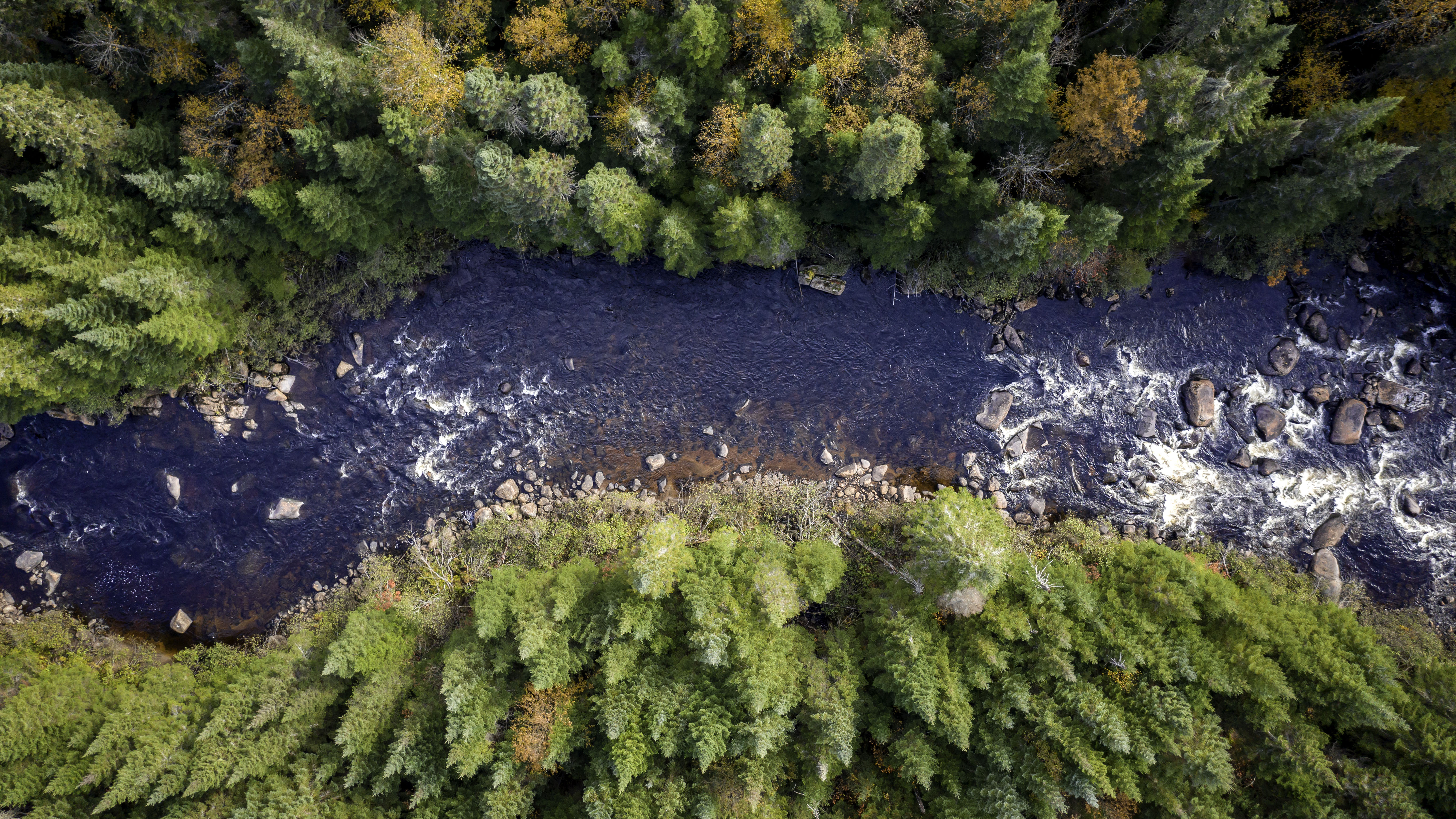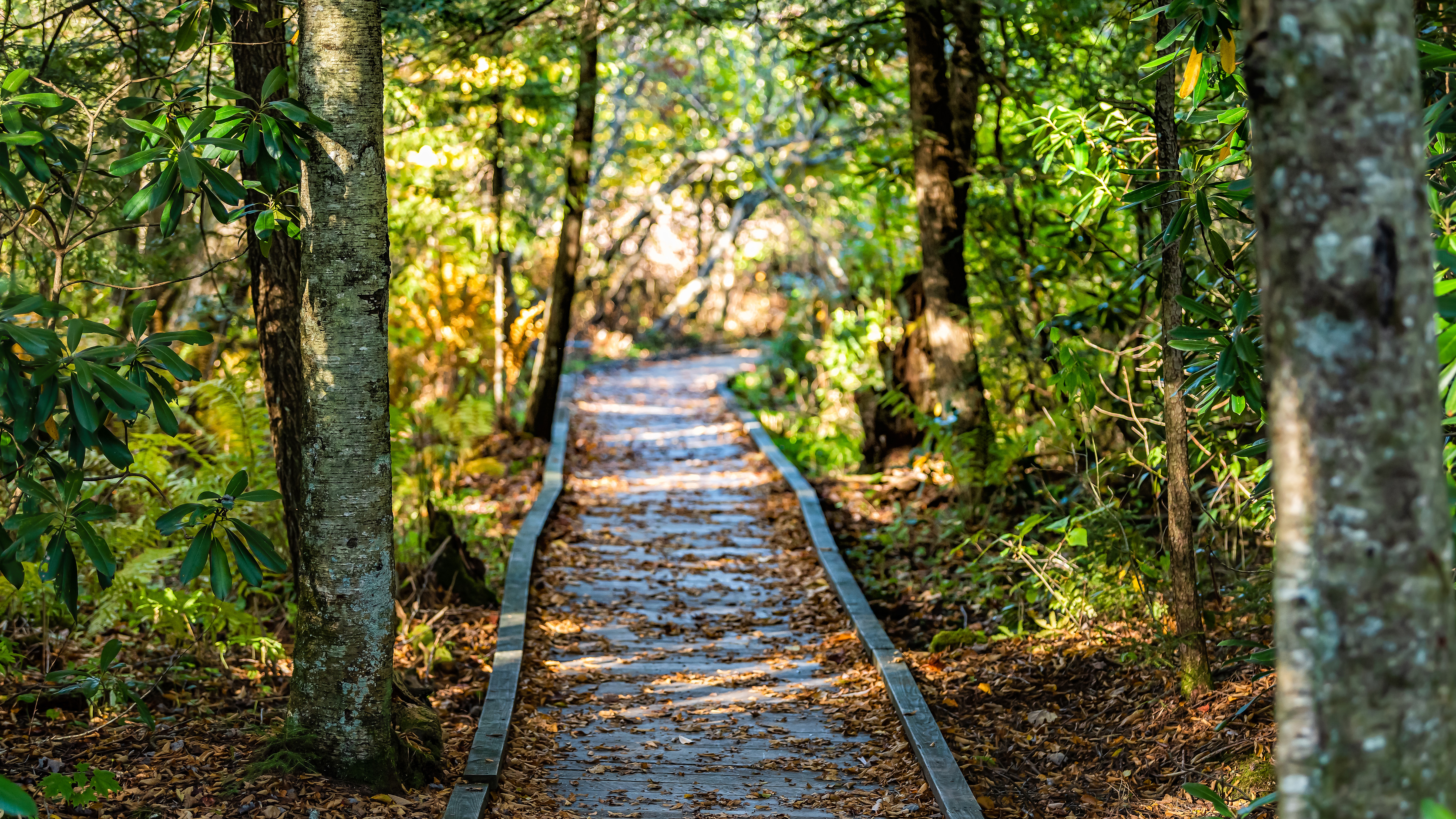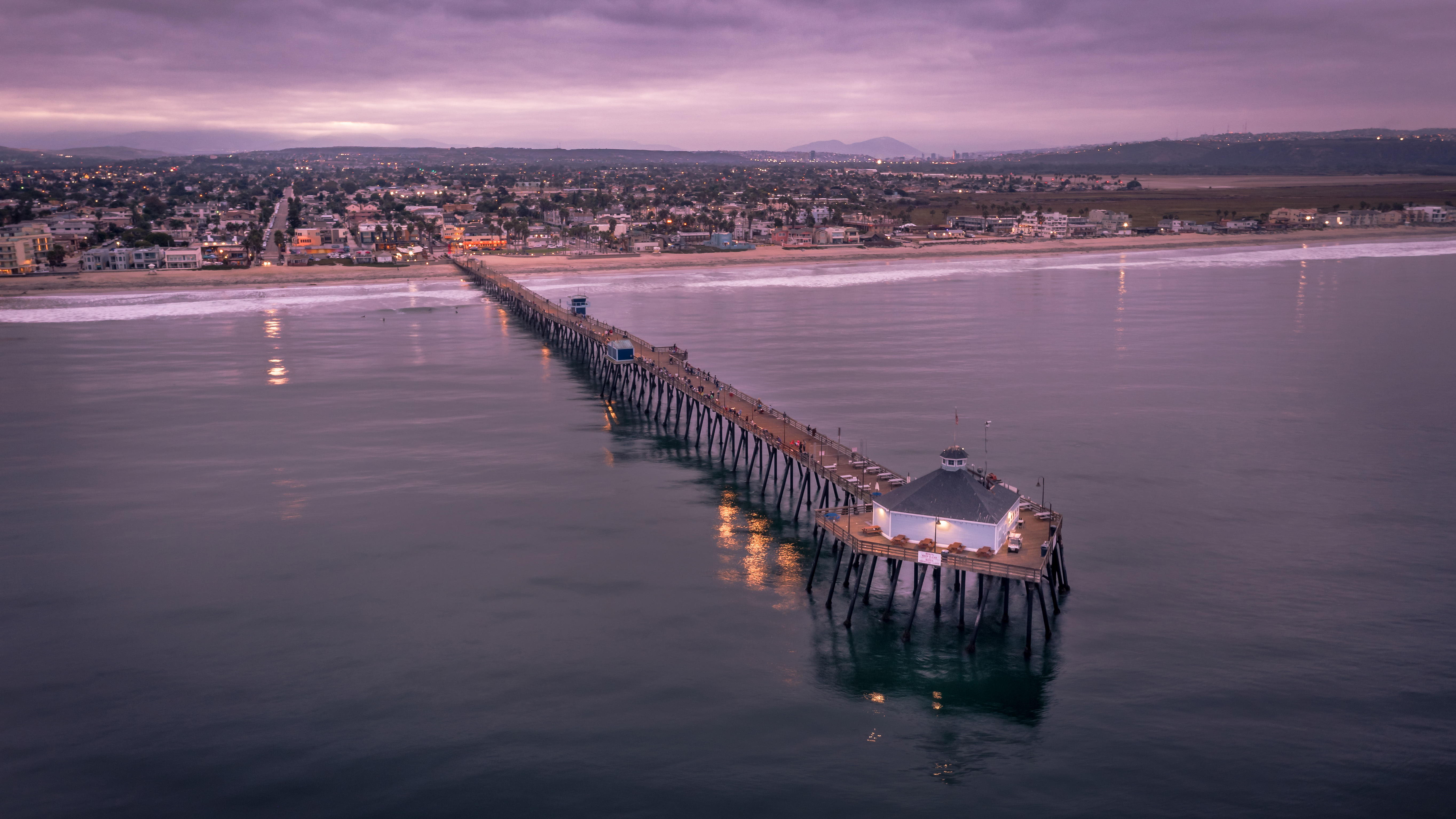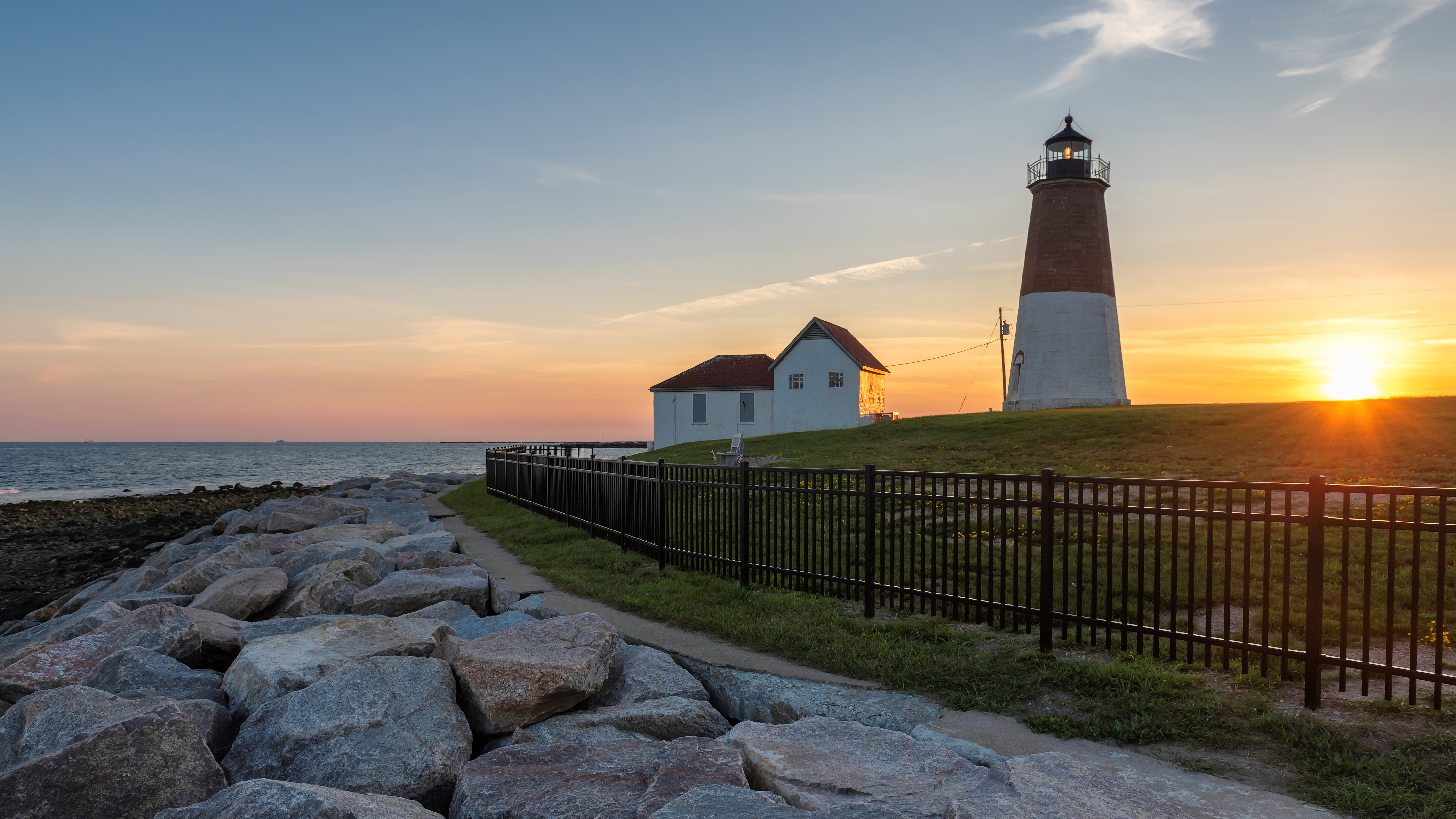Drone tips: Where can I fly my drone?
The first question new drone owners often have is: 'Where can I fly my drone?' Here are some top locations for new pilots.

Whether you're a beginner who's just starting out, or a seasoned pilot who owns one of the best drones around, it pays to have a good list of places where you can fly your favorite gadget.
To help you out, we've listed six places below that are great for drone pilots, and three you should avoid at all costs. Do remember to check out all the drone regulations in your area before taking off, though, as these can vary across states. You'll need to take the TRUST exam before you start flying and you'll likely have to register your drone with the FAA if it's over a certain weight.
Do fly: Your backyard

One of the first places to try out your drone is your own backyard. Once you get comfortable steering it you can fly it anywhere from 50 feet off the ground to under 400 feet. This is what’s known as Class G Airspace by the FAA and if you stay within those limits you don’t need permission on your own property.
- Related: Drone photography tips and tricks
You can film a backyard party, take a family photo, or even get a neat bird’s eye view of your place. That is part of the fun is flying a drone with an HD camera — it lets you take pictures from unusual perspectives. Just remember that you are still subject to the same privacy laws as if you were standing on the ground. If it is illegal in your state to take pictures looking inside your neighbor's windows, then the rules don’t change just because your camera is now 250 feet in the air.
Don't fly: Emergency response areas
An emergency response or disaster area will be automatically subjected to Temporary Flight Restrictions (TFR), sometimes without notice. This means that any and all drones are prohibited from entering that airspace. Getting a bird's eye view of a forest fire might sound exciting, but violating this airspace could get you grounded and put lives at risk.
Do Fly: Over a River

If you like getting on the water, then take your drone with you. Whether you’re kayaking, getting in some water skiing, or just want shots of the coastline at sunset, you are good to go. Just be aware that some portions of the river may cross into Class B restricted airspace due to proximity to an airport or seaport.
In those cases you will need to request Low Altitude Authorization and Notification Capability (LAANC) authorization. LAANC is a real time data exchange between the FAA and private industry that can grant or deny you authorization to bring your drone through certain restricted airspaces. You can issue the LAANC request from your B4UFLY app as you need it.
Breaking space news, the latest updates on rocket launches, skywatching events and more!
Don't fly: National Parks
Drones are banned from operation in any land administered by the National Park Service. This means no taking off from, landing in, or flying through a National Park. The intent behind the ban is to minimize the impact to natural, cultural, and historic resources. It is possible to get a special permit for commercial filming purposes under the right circumstances, but for the recreational drone pilot National Parks remain a No Drone Zone.
Do fly: National Forest wilderness areas

You may not be able to fly through a National Park, but you can fly your drone through a National Forest. Confusing? Slightly, but it comes down to the fact that they are different types of land managed by different parts of the government. Fly through the forest with impunity, just be wary of any branches or obstacles that might knock your drone out of the sky.
Monongahela National Forest in West Virginia, shown above, is a great place to fly a drone and well worth the trip. There may be special exceptions at individual National Forest locations so make sure to check B4UFY and all local ordinances.
Don't fly: Large sporting or entertainment events
It can be tempting to use your drone to get a good view of your favourite baseball game, stadium concert, or NASCAR race. Unfortunately it is illegal to fly your drone in and around those locations from one hour prior to the start of the event until one hour after they end. This is not to say that you couldn’t try and sneak a peek of your favourite stadium when the game is not in session, but doing so during an event is against the law.
Do fly: Boardwalk promenades

While a few cities have restricted drone use in and around their boardwalks, most beach towns still allow recreational drones in and around their boardwalks so long as the drone operators respect the 50-400 rule. These boardwalks usually offer a great backdrop for picture taking, especially if you can fly your drone at night to capture the bright lights in the area.
And that is a quick rundown on where you can take your new drone out for a spin. Please keep in mind that in addition to Federal regulations, there may also be state and local ordinances that govern the flying of your drone. Your best resource is always to reach out to a Community Based Organization (CBO) that tracks the recreational drone restrictions in your area.
Do fly: Historic lighthouses

While we’re on the subject of water, think about taking your drone out to a historic lighthouse. If you live inland then this might not seem obvious, but lighthouses are a perfect way to test both your piloting and photography skills. Two good examples are Point Judith Lighthouse in Point Judith, Rhode Island and the abandoned Tillamook Rock Lighthouse in Oregon.
Michael Allen Lake is a freelance writer and voice over artist based out of Washington, DC. His non-fiction writing includes works on digital transformation, technology regulation, diplomatic history, and science fiction. He co-hosts the Star Wars-focused YouTube Channel Never Tell Us the Odds.

